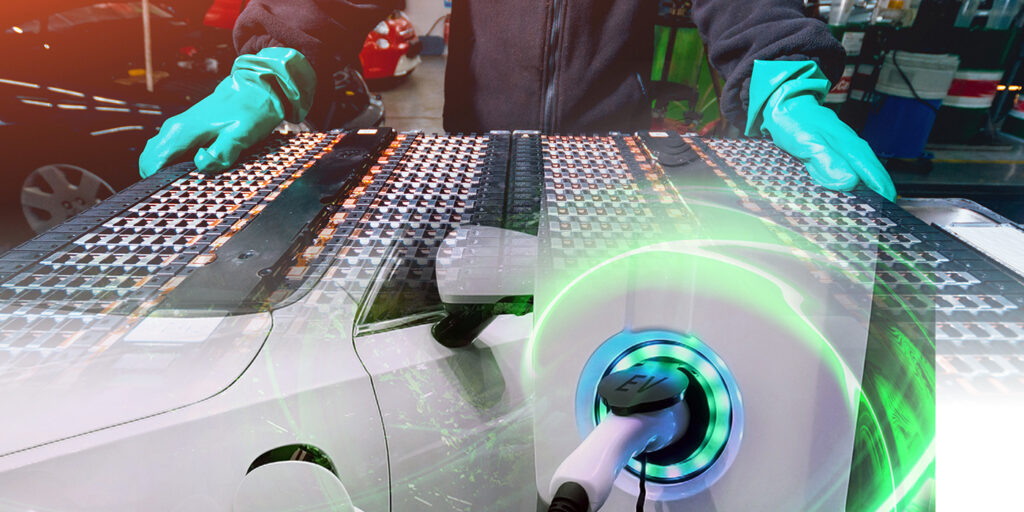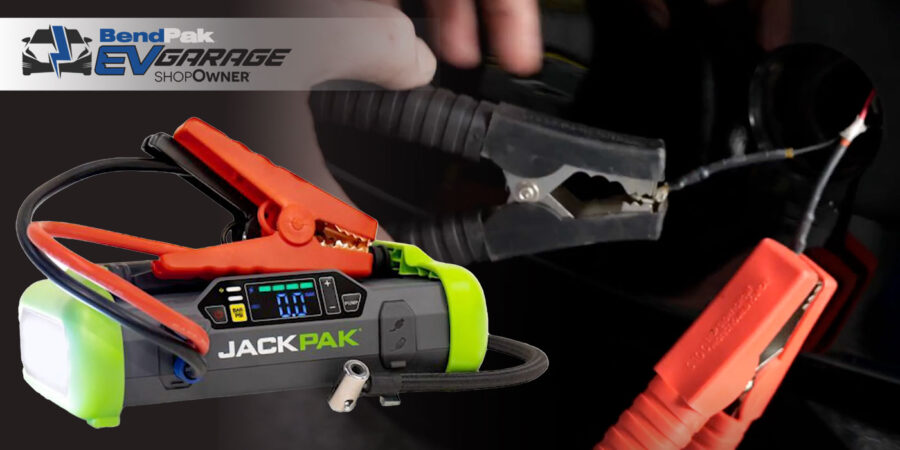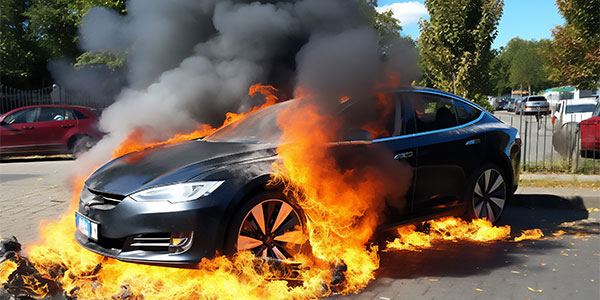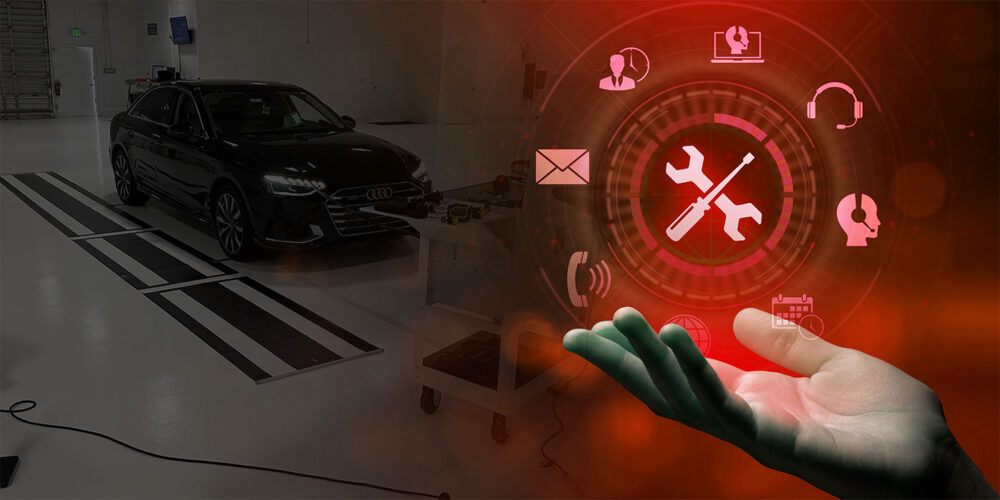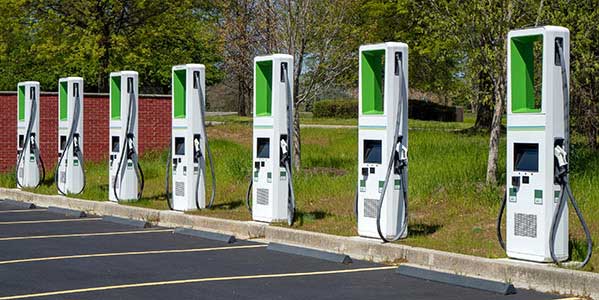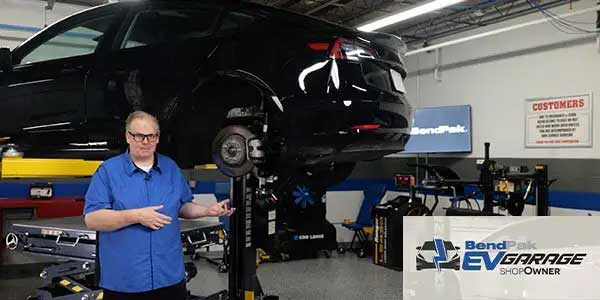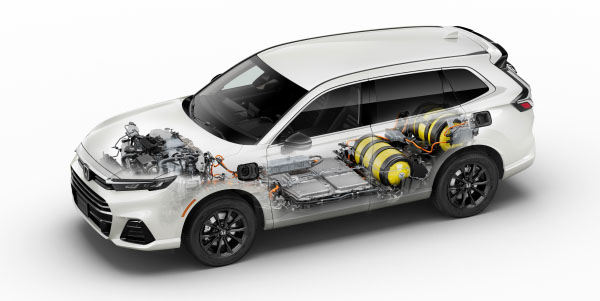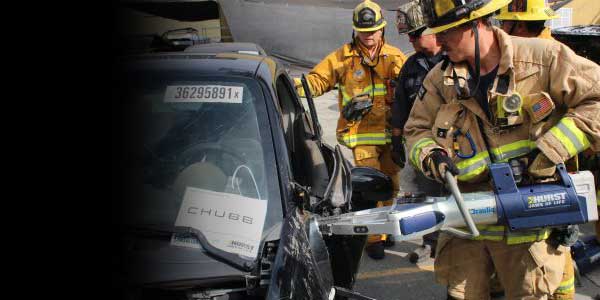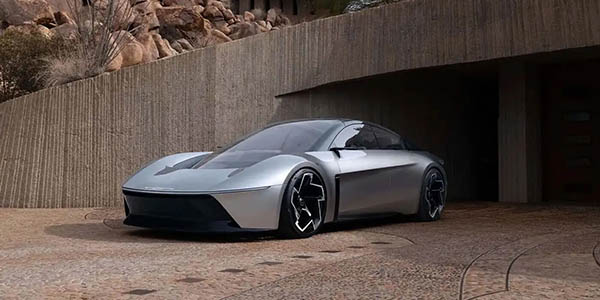This article is the fourth in a series on battery electric vehicles (BEVs) and hybrid electric vehicles (HEVs).
In the last few installments of this series, we covered the importance of battery precautions and welding safety and the tools and equipment needed to properly and safely work on high-voltage (HV), battery-equipped electric vehicles (EVs). In this installment, we will take a step back and look at the earliest stages of interaction with an EV.
EVs Are Coming
With a number of OEMs declaring that they will cease production of gasoline-powered vehicles and only produce and sell EVs in the not-too-distant future, the chance of an EV showing up at your shop increases every year. If the vehicle is in for some repairs on minor scratches or a few door dings, not much will change in the way the vehicle is taken into the shop and processed before work starts on it. But what if the vehicle has been involved in a significant collision? This is where the handling of an EV will differ greatly from a gasoline-powered vehicle and where training is going to once again be critical for everyone involved.
Most of today’s EVs, including hybrids, use lithium-ion batteries. There are millions of these batteries in service with very low failure rates. However, in some circumstances, HV batteries may experience cell failure due to damage or other faults that can result in unsafe conditions.
As was stressed in the previous articles in this series, it is of the utmost importance that proper personal protective equipment (PPE) is used when high voltage is involved. This is not a recommendation; it is a must as the technician’s life is on the line. Only properly trained HV technicians who are familiar with the specific vehicle and the HV parts locations should perform the initial inspection.
Initial Inspection
The initial intake or receiving of the vehicle is where it all begins. This is an initial inspection of the vehicle once it arrives at the repair facility. This is not the estimating or blueprinting process; that will come later. This is a first look at the vehicle for damage to the areas where HV system parts, cables, modules, etc., are located to see if the collision caused any damage to any HV system parts that can potentially electrocute someone or cause a fire if not identified.
One of the first things to inspect is the condition and stability of the HV battery. First and foremost, always assume the HV battery is fully charged and that the parts of the HV system are fully energized. HV batteries have potential risks, not just of an electrical nature but chemical and thermal as well due to their composition.
Wearing the proper PPE when high voltage is involved is not a recommendation; it is a must as the technician’s life is on the line.
When inspecting an HV battery, look for evidence that the battery may be compromised. Some are obvious such as tears, punctures or ruptures. Others may be less obvious, such as smoke residue, unusual sounds or abnormal odors. In addition, look for discoloration, deformation, melted seals or connectors, or metallic splatter.
If an HV battery is compromised or suspected of being compromised, certain precautions must be taken as a compromised battery has an inherent risk of overheating. This is due to the introduction of oxygen and moisture into the battery, which causes the battery components to oxidize and start a heat reaction that can get excessive and cause the battery to combust.
The normal reaction in the battery produces heat, and a coolant is used to keep the operating temperature of the batteries at an acceptable level. If there is a loss of this coolant and the heat builds and cannot be dissipated sufficiently, the battery can ignite. In addition, when there is physical damage to a cell, the following things may occur:
- thermal runaway
- overcharging
- excessively high cell temperature
- internal defect causing a short circuit inside the cell
A burning lithium-ion battery cannot be easily extinguished and can reignite. Calling the fire department in the event of an HV battery fire is a necessity. Keeping a safe distance away and staying upwind of the fire will reduce exposure to the toxic chemicals and gasses generated by the combustion of the battery and the rest of the vehicle.
Calling the fire department in the event of an HV battery fire is a necessity.
As mentioned earlier, fire is not the only risk associated with a compromised HV battery. The electrolyte of lithium-ion batteries is not acidic. However, if the electrolyte leaks from the battery, it can pick up moisture from the air or come into contact with water and create hydrofluoric acid, a strong acid that can cause severe burns. In addition, hydrofluoric acid and hydrogen fluoride gas are both produced when the battery combusts. This gas is poisonous, can be inhaled and absorbed through the skin, and can permanently damage the lungs and eyes.
Storage
This leads us to the next item to consider during the intake of an EV: storage. If the battery is compromised or the condition of the battery is in question, it is best to quarantine the vehicle outside at least 50 feet from structures, overhead wires or other vehicles. A “Danger High Voltage” sign should be placed on the vehicle, and remember: do not roll the vehicle on the wheels as this can generate voltage to the battery system.
In the event of a battery fire, this quarantine will prevent adjacent structures or vehicles from catching fire and will also prevent a dangerous concentration of hydrogen fluoride gas inside a structure. Again, immediately call the fire department at the first sign of an HV battery fire. Keeping a safe distance while staying upwind of the fire will reduce exposure to the toxic chemicals and gasses generated by the combustion of the battery.
Pre-Repair Scan
Once a vehicle has been inspected and deemed safe by a certified HV technician, a pre-repair scan of the vehicle should be conducted to determine if there are any diagnostic trouble codes (DTCs) that indicate any unseen or underlying issues with the electronic system. The technician performing the scan should understand the codes that relate to the HV system. Some codes may identify issues such as loss of isolation, system interlock loop or other HV system issues. These conditions may present a safety or electrocution hazard.
HV batteries have potential risks, not just of an electrical nature but chemical and thermal as well due to their composition.
If no HV-related DTCs are present, additional scanning can be done to observe live data of the HV system. Again, this should only be performed by a trained EV technician. The live scan can reveal abnormal variances in battery temperature or excessive voltage variations. Both of these occurrences may indicate a problem with the HV system.
As stated earlier, it is important for the HV technician to be familiar with the specific vehicle being inspected. In addition, it is important for the technician to know and follow all OEM-specific procedures the vehicle manufacturer has in place to evaluate and handle each EV. This includes battery disconnect and isolation procedures, as well as diagnostic procedures and checklists that will determine if a vehicle needs to be quarantined or if other actions need to be taken.
Summary
Understanding the potential dangers of EVs and their HV systems and having the training, equipment and knowledge to properly service and repair them, including the initial inspection, is essential to performing a complete, safe and quality repair.

